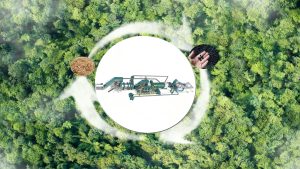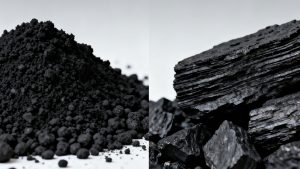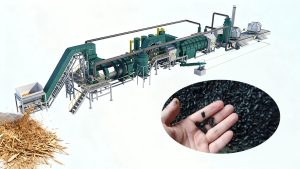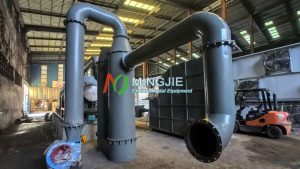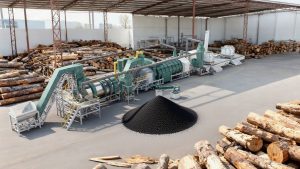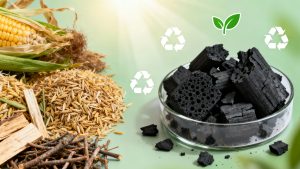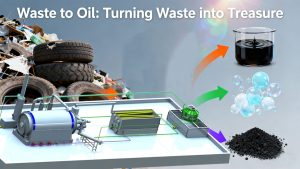With the increasing awareness of environmental protection and the demand for resource recycling, pyrolysis equipment is increasingly used in waste treatment, biomass energy conversion and other fields. Our pyrolysis system is suitable for large-scale, high-efficiency waste treatment and resource conversion scenarios. They can meet customers who have high requirements for equipment performance, stability and environmental protection standards.

Bio Charcoal Production Machine for Carbon Neutrality
Driven by technological innovation and policy support, bio charcoal production machine is evolving from simple waste treatment equipment into a multifunctional system that integrates energy recovery and carbon asset management. Biochar is a black, fluffy, carbon-rich solid material produced by pyrolysis, which involves heating biomass to high temperatures (350°C to

Differences Between Making Biochar and Biocoal
Making biochar and biocoal both use biomass as raw materials, but they differ in their core purpose, production process, and end-use applications. The appearance of biochar is more diverse, with common forms being powder, blocks, or irregular granules. It is generally pure black with a metallic luster. Biochar focuses on

Bio Char Making Machine Opens New Energy Future
Bio char making machine produces biochar by heating biomass in an oxygen-deficient environment, the process called biomass pyrolysis. Pyrolysis is a core step in the biochar production process. It involves heating biomass at high temperatures in an oxygen-free or oxygen-deficient environment. During this process, the macromolecular organic matter in the
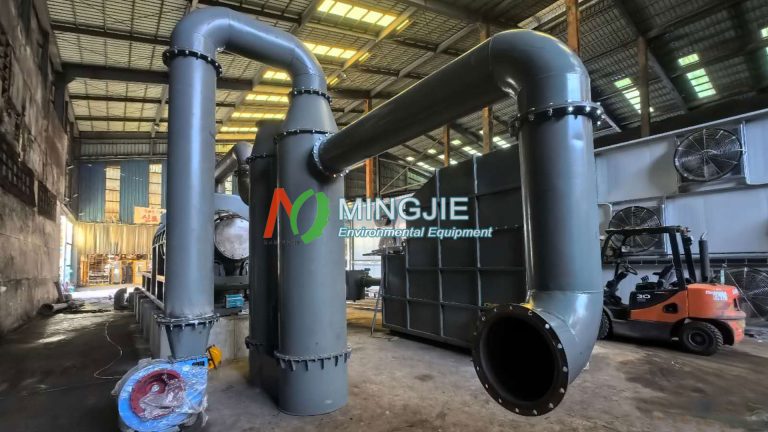
Installation of Biochar Equipment in South Korea
In October 2025, after the Korean customer received the machine, Mingjie Group immediately arranged professional engineers to guide the installation of biochar equipment in South Korea. The following diagram shows the installation of a biomass pyrolysis plant. Mingjie Group has advantages in technology research and development and biochar equipment applications.
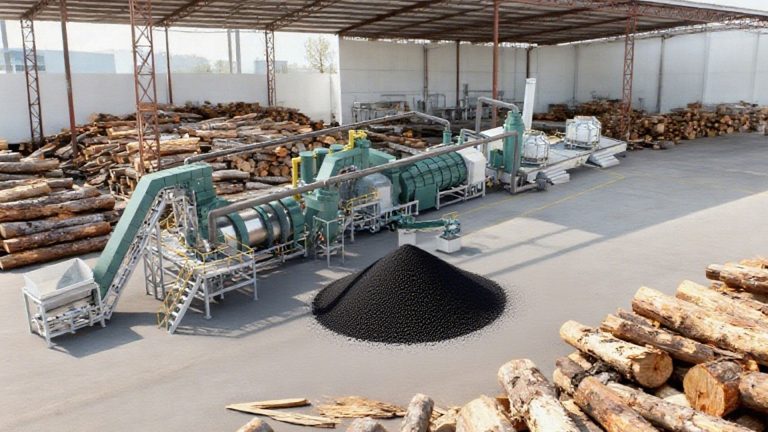
Biochar Making Plant
Biochar making plant is specifically designed to convert biomass into biochar. Its core function is to achieve this transformation through the thermochemical conversion process of pyrolysis and carbonization. Biomass, the raw material for biochar production, comes from a wide range of sources. It includes agricultural waste (straw, rice husks, corn
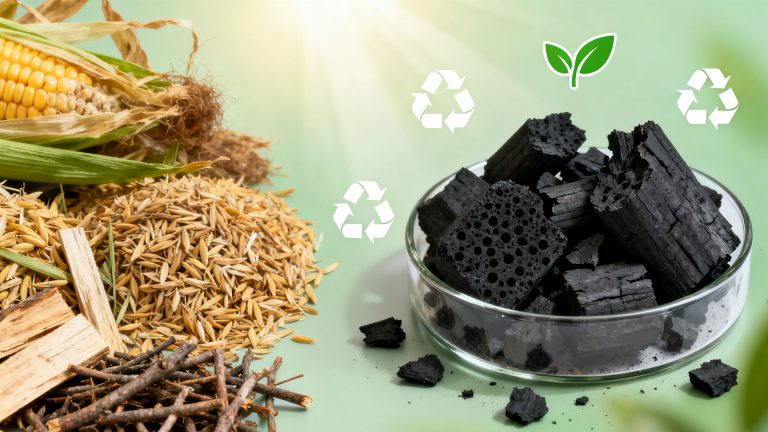
Biochar from Biomass and Waste
In addressing the global challenges of climate change, resource scarcity, and environmental pollution, biochar from biomass and waste stands out. Biochar is a carbon-rich material produced through a pyrolysis process. Biomass carbonization equipment can process agricultural residues, forestry waste, and even municipal sludge, transforming these burdens into “black gold.” Biochar
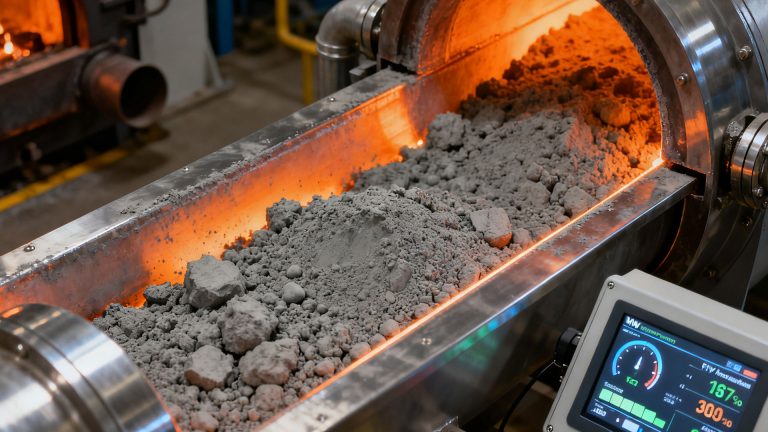
MSW Incineration Fly Ash Treatment by Pyrolysis
Municipal solid waste (MSW) incineration is a highly effective method for waste reduction and harmlessness, and is widely used worldwide. However, the fly ash produced during the incineration process is classified as hazardous waste due to its presence of dioxins and heavy metals. Low-temperature pyrolysis technology provides a harmless and
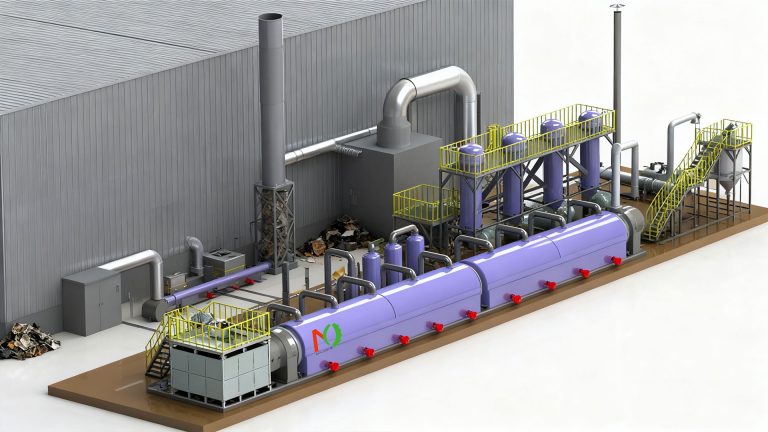
Pyrolysis Waste to Energy Plant
With its unique ability to transform waste into energy, pyrolysis waste to oil machines have demonstrated significant application value in a wide range of fields. Pyrolysis equipment has brought new vitality and solutions to the industrial, environmental, and energy sectors. In the vast industrial production system, pyrolysis waste-to-oil machines have
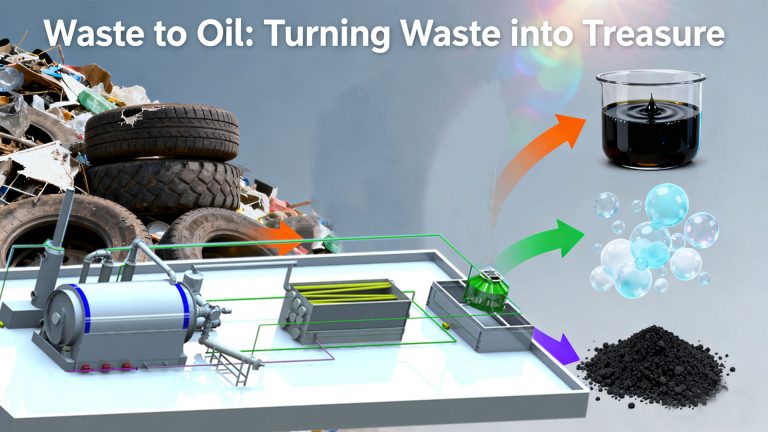
Waste to Oil Machine: Turning Waste into Treasure
The waste to oil machine is an environmentally friendly machine that combines advanced pyrolysis technology with efficient separation processes. It aims to address the increasingly challenging waste disposal challenge while enabling resource recycling. It converts a variety of solid waste into useful oil products, turning waste into treasure. The waste
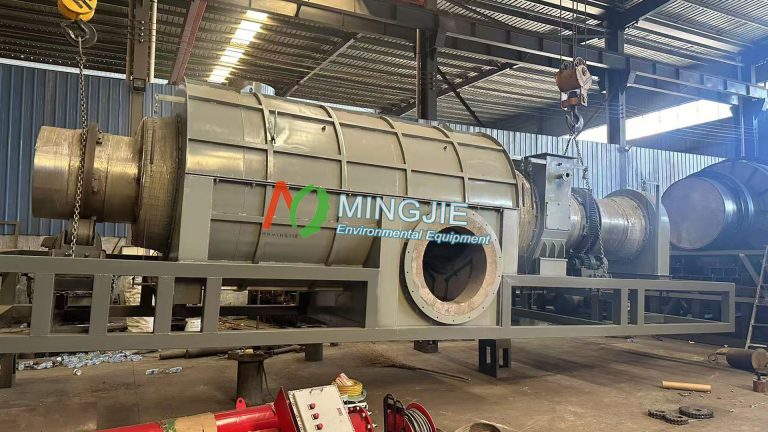
Biochar Equipment Manufacturer
With the demand for large-scale biochar production, the capacity of pyrolysis carbonization equipment has become a primary consideration. Mingjie Group, as a high-quality biochar equipment manufacturer, provides continuous biomass carbonization equipment that can meet this high-capacity demand. We offer the following models of continuous biomass carbonization equipment: MJT-100, MJT-500, MJT-1000,

